Craig Cunningham has always been relentless, with the dogged intensity of the desert sun.
That natural state has no doubt served him his whole life. It fed his work ethic as a young skater in Trail, British Columbia, Canada. It steadied him as he shifted back and forth between NHL and AHL teams. And it drove him as he recovered from a life-changing 83 minutes.
“I’m one of those guys who just kinda focuses on what I’m doing right now and being the best at what I’m doing right now.”
And right now, he’s a scout for the Vegas Golden Knights. It’s a role he relishes and pours everything into — even though it was never part of the plan.
They still don’t know why it happened.
It was Nov. 19, 2016. Moments before the puck dropped for his Tucson Roadrunners game, Cunningham collapsed on the ice, motionless.
The crowd and teams watched in helpless shock as on-site trainers, EMTs and firefighters loaded the 26-year-old captain onto a gurney and started chest compressions while wheeling him slowly but urgently off the ice.
They took him to St. Mary’s Hospital in Tucson, where he continued to go in and out of v-fib —ventricular fibrillation — when the lower chambers of the heart quiver chaotically and can’t pump blood to the rest of the body.
Dr. Zain Khalpey was on call that night, and at minute 36 of CPR, the St. Mary’s emergency team called him. At the 40-minute mark, they might have called it.
“I told them to keep bloody going, he’s resilient,” says Khalpey, a renowned cardiothoracic surgeon then with the University of Arizona. “I also have some power tools in my toolkit.”
At the 83-minute mark, he used those power tools — among them a mobile artificial heart and lung machine. To get Cunningham on the machine, Khalpey first went through an artery and a vein in his groin, as is protocol. It soon became clear that there was still too much pressure on Cunningham’s heart, and the left side of his heart was failing, so Khalpey went to his last option, a maneuver that had only been tried twice before in history, both times by him.
“They cracked my chest wide open, cut me open, stuck the cannula right into the apex of my heart,” Cunningham says. “And that is what eventually saved me. It wasn’t too long before my heart started to beat on its own. It was obviously injured and damaged and in need of recovery, but it took that much effort and that much thinking outside the box.”
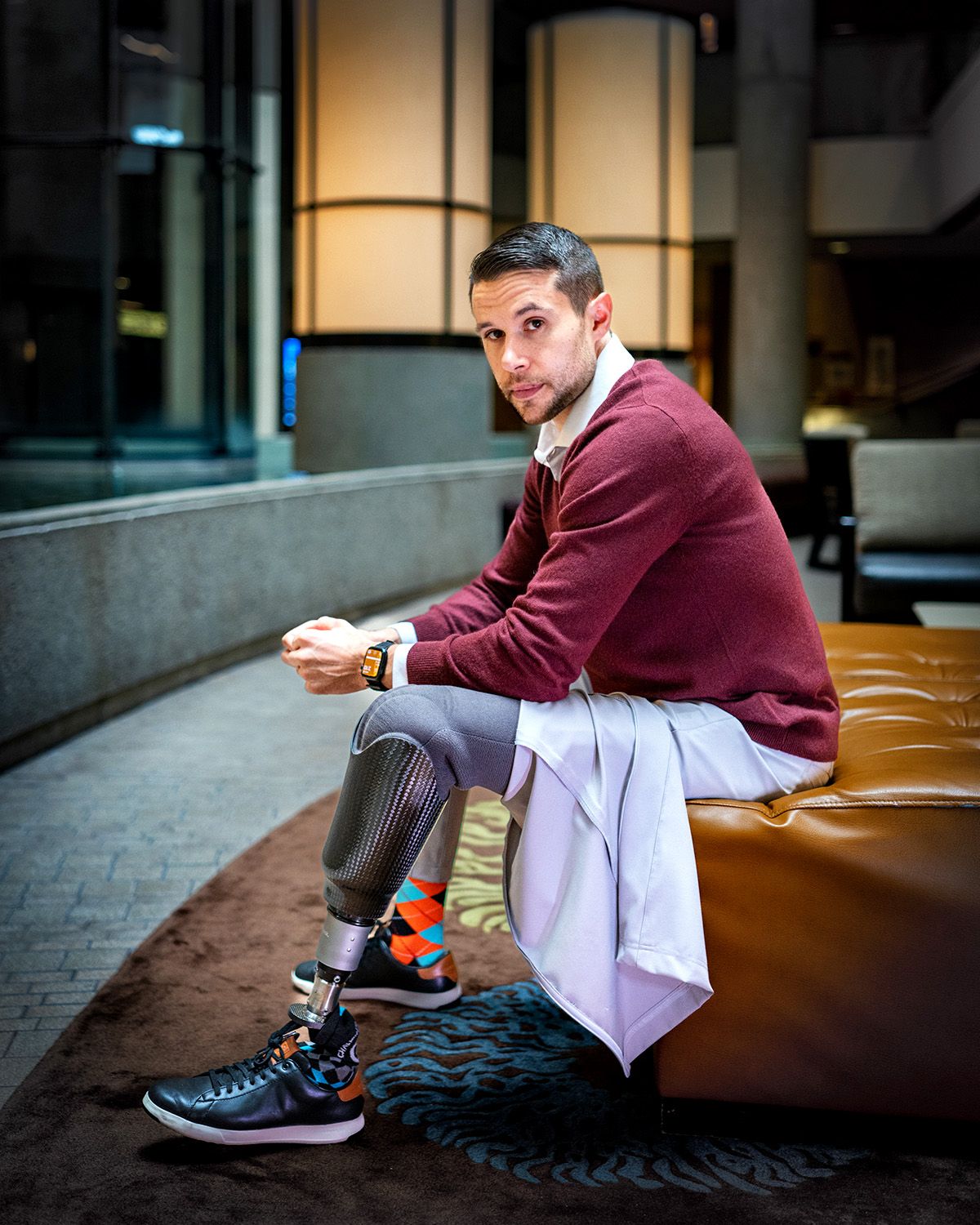
Six years, one lower-leg amputation, and a lot of hard work later, he has a new career, and he’ll start a new life when he gets married this summer. Still, why did he have a sudden cardiac death episode that night?
“We still don’t know,” Khalpey says. “To this day, I’m pissed off that I don’t know.”
After all, knowing could help predict cardiac events, not only in Cunningham but all of us. In the years since, the wheels started turning toward artificial intelligence. What if they could predict sudden cardiac death? Or having a stroke or developing cancer, for that matter. This is where some of Cunningham’s energy goes these days.
The rest: helping the Vegas Golden Knights find new talent — and potentially paving the way for young players to achieve a fully familiar dream of playing in the NHL.
Forward. It’s the only way he’s ever known.
Like so many kids in his tiny hometown of Trail, Cunningham started skating very young. Every aspect of it grabbed him.
“Feeling your skates on the ice. That noise the skate makes when it’s cutting the ice. Chasing that little black thing around. It’s just organized chaos, running around and going as fast as you can. I was never a patient person, and it’s a sport that drew me in.”
Just before he turned 6, when his dad died in a car accident, hockey became “an escape.” Then it turned to passion.
“I got more and more committed to it and put more and more time into it and was quite obsessive, shooting pucks every day, running hills, doing things on my own, going to public skating, renting the rink.”
When he was 13 or 14, a Vancouver team recruited him and other high-end players to play on a spring team. How could he not? He had dreams of an NCAA scholarship or playing major juniors.
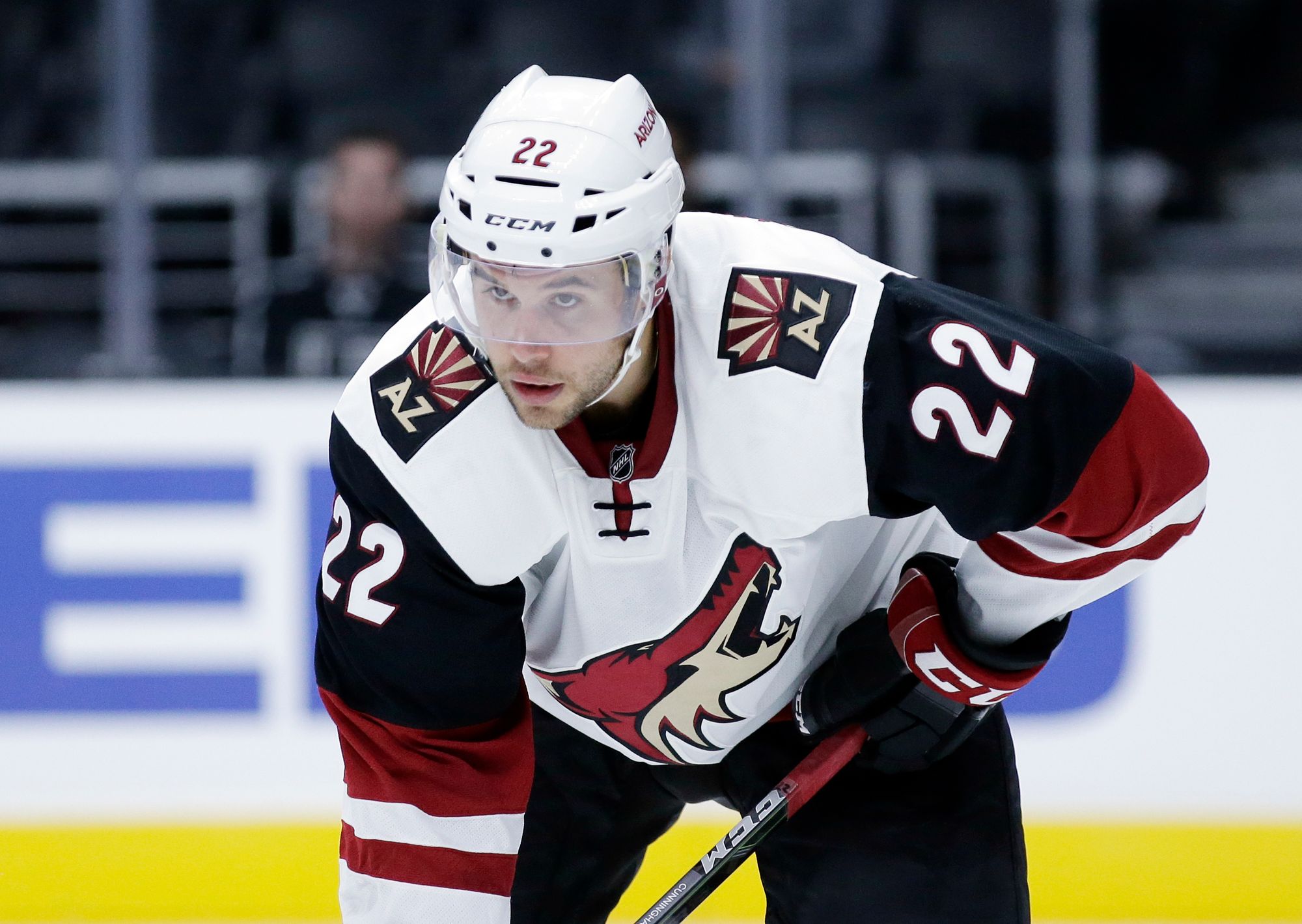
“I would get on the Greyhound bus on Thursday night after school and drive 12 hours overnight and practice. I got exposed to the best players in BC and thought, jeez, maybe I could compete at this level.”
Sure enough, he started playing for the Vancouver Giants in the Western Hockey League at age 16 and learned what it took to be the best of the best. Despite his own “catastrophic failure” with no goals that season, he and his team won the Memorial Cup.
Personal success soon followed. His production improved every year, he was drafted by the Boston Bruins, and at 21, he signed his first NHL contract.
It was a significant jump.
“You go to camp, get sent to the American league, the development league, and all of a sudden, you’re playing against men who are playing the game to feed their families. That was a very eye-opening experience.”
He says he was lucky to be in a good place with good leadership and time to adjust and improve his game. And in his third year pro, he got the call he’d dreamed of his whole life.
His mom and brother flew down to watch his NHL debut against the Calgary Flames. He played another game for the Bruins that season, then split the following season between the Bruins and their AHL team.
“It’s the most inflating feeling you can feel, just to live that life, flying on the private plane and getting fed the way you get fed and playing in front of 14,000 or 15,000 people. Especially playing in Boston, it was cool being part of an Original Six team.”
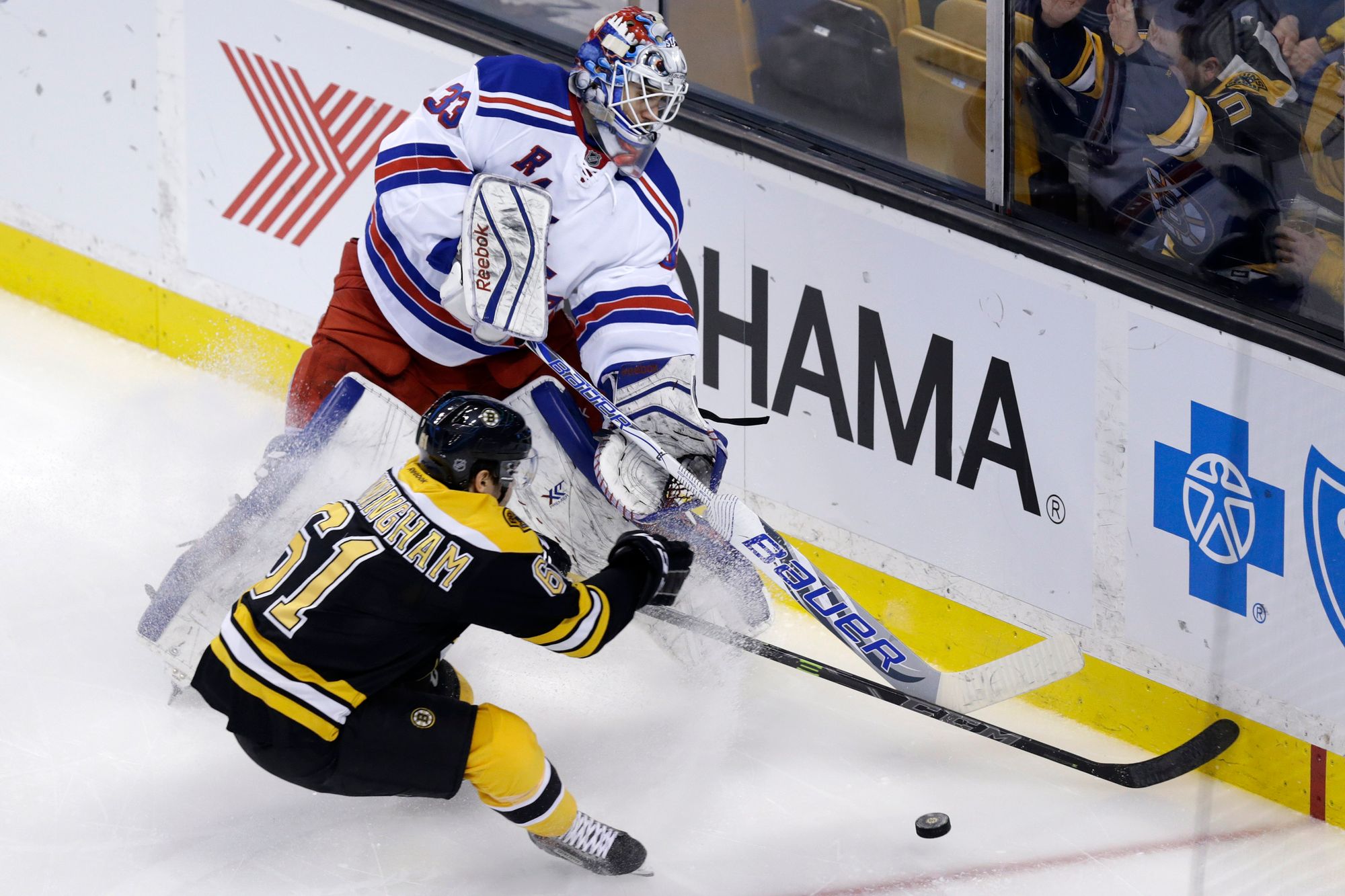
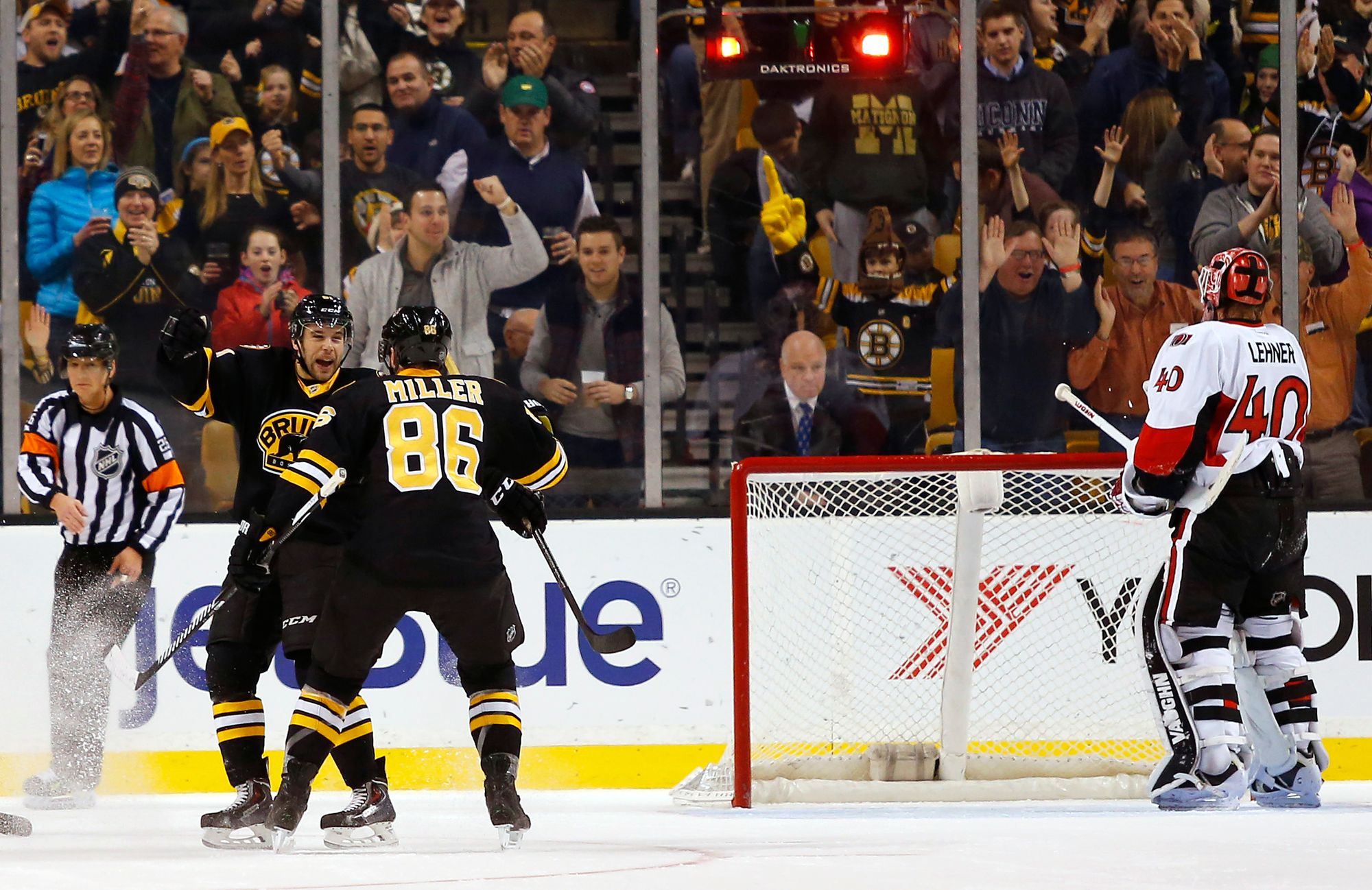
Craig Cunningham calls playing in the NHL "the most inflating feeling." [AP photos]
Still, the rollercoaster was hard. The Arizona Coyotes picked him up on waivers, and again he went back and forth between the NHL and AHL.
“You don’t do enough to stay, so you get sent down. I was on that rollercoaster for a long time. You get old enough that your emotions aren’t so up and down. You learn to take them as they come and to adapt and have less of an emotional sting.
“But there’s no explaining how exciting and energizing it is, and how proud you are to play in the National Hockey League. I think about that every day when I’m at games watching. I think about what it felt like to be out there.”
And he is watching now, most every day.
His heart recovered, but five weeks after he collapsed, complications forced the amputation of his lower left leg. It wasn’t getting the circulation it needed, and an infection developed. Doctors worried the infection would enter his bloodstream and introduce a dangerous set of new problems.
“There was so much adrenaline and excitement that I’d made it through, and then all of a sudden, they tell you, ‘We gotta do this,’” Cunningham says. “You put on a strong front for everyone, but deep down, you’re thinking, I don’t know what the hell’s going to happen.”
After the amputation, the first stop was an inpatient rehab facility. It would take almost a month to regain motor skills and learn everything from balancing to showering to using a prosthesis.
“The heart recovers on its own. They put you on a diet, give you instructions, and it heals. The rehab for the leg is the hardest thing I’ve ever done by far in terms of pain and trying to find the right fit. For me, you just don’t want this to define your life and put limitations on your life, so it was a short-term pain for a long-term gain situation.”
There was plenty of pain, both physical and emotional.
His mom stayed with him throughout his stay at the facility. One evening, they were grabbing a bite in the food hall, and the gravity of it all hit. Hard.
“My grandfather was a quadriplegic from a car accident, and he was in a home for the last 10 years of his life. They have that smell. There’s all the older grandmas and grandpas, nurses and noises. And sitting there having dinner was the first time I thought, ‘Jeez, this is not where I thought I’d be at this point in my life.’
“It was the first time I’d cried in public and showed it to her. It was a tough moment because you don’t want to let anyone down, but you gotta get your emotions out.”
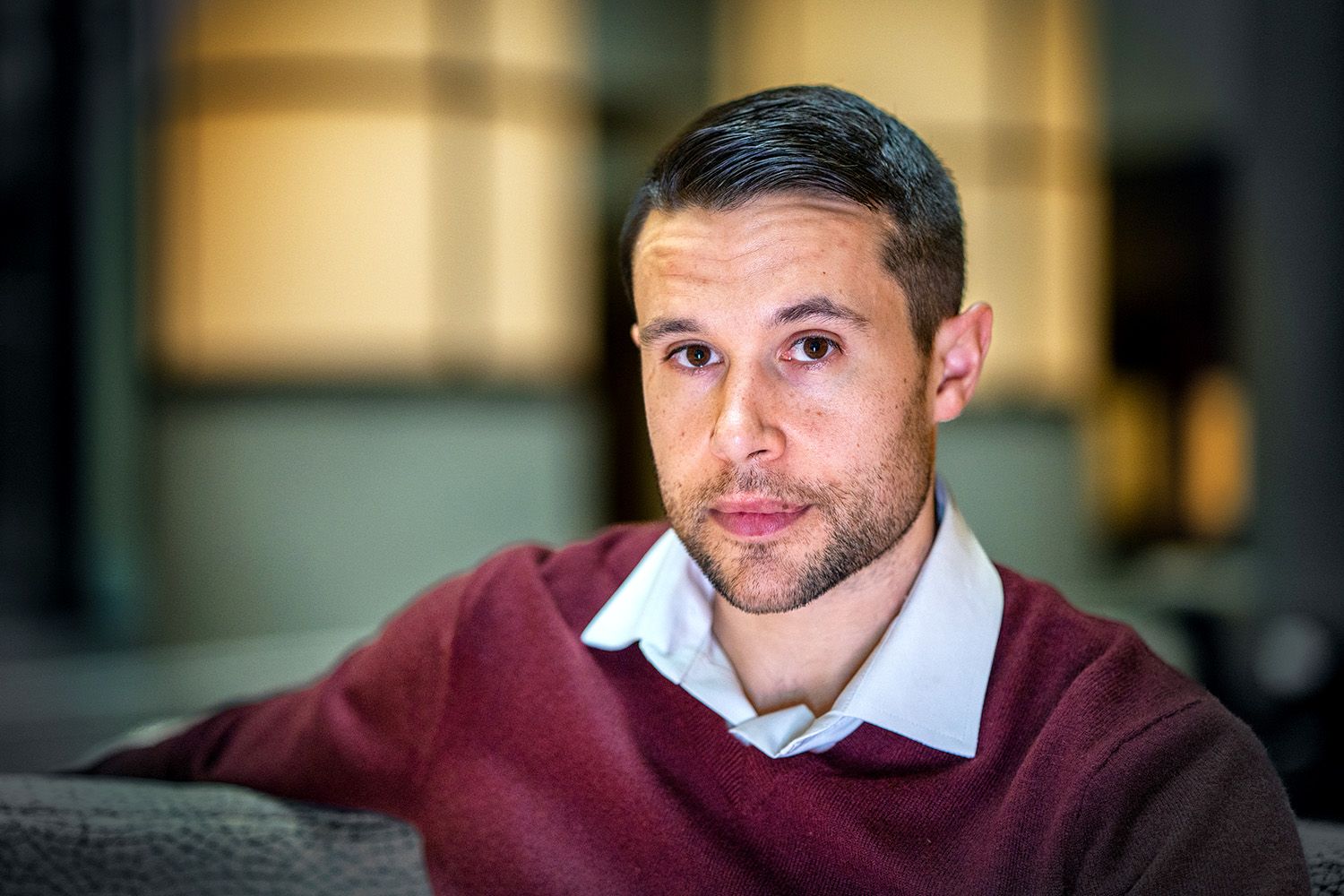
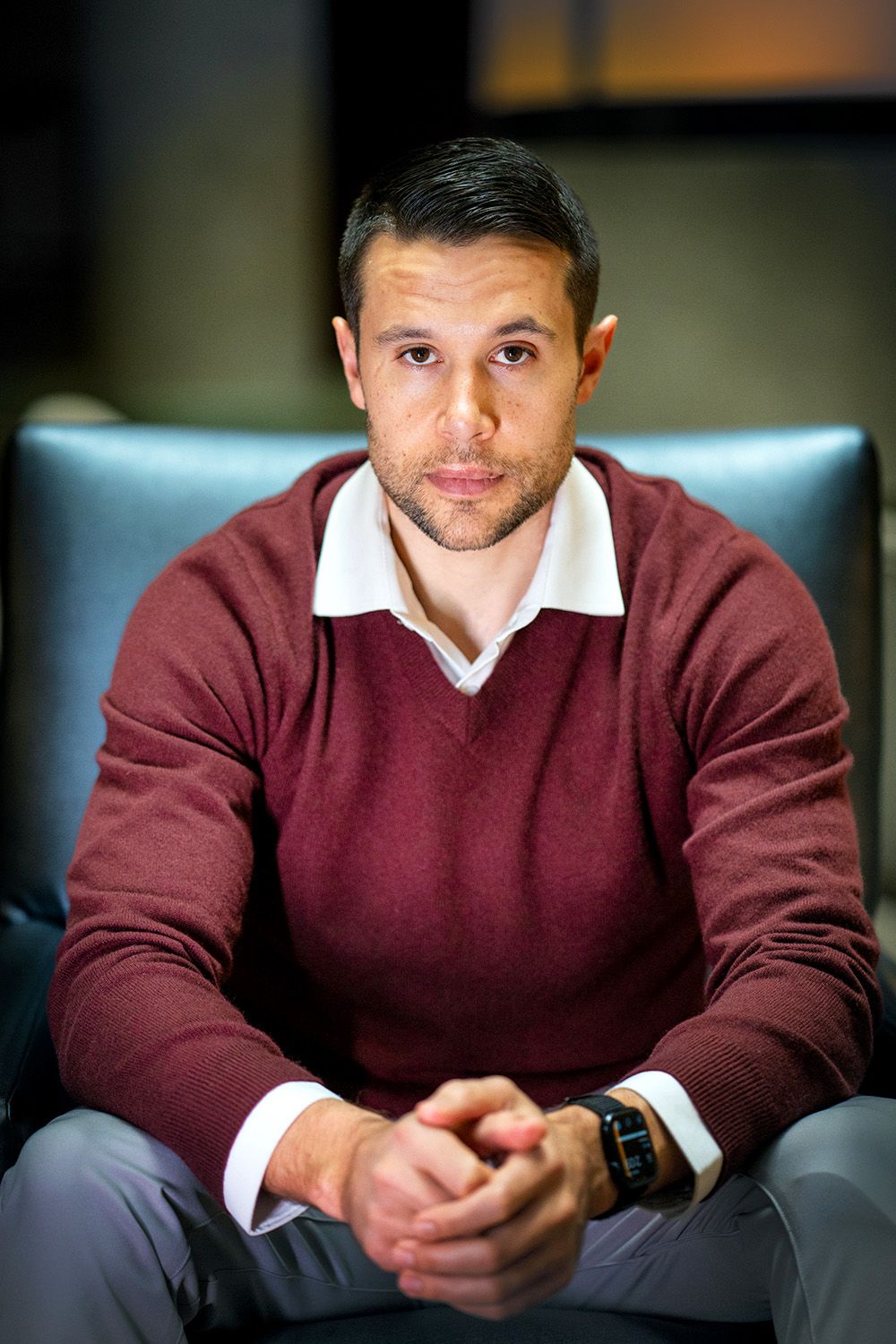
Now a scout for the Vegas Golden Knights, Craig Cunningham has a new obsession. Plus, he's getting married this summer. [Matthew Fults photos]
The physical process was tough, too, even after he was discharged from the rehab facility. He couldn’t return to his apartment because of all the stairs, so the Coyotes organization put him up in a hotel for three months.
It was there that he started learning to walk again.
“There’s so much trauma with the leg, and all of a sudden, you’ve got to start putting weight on it. You’ve got nerves, you’ve got skin. I remember the first time I put my weight through it, how much it actually hurt. I remember saying to myself, ‘Holy f---, how am I going to live like this every day.’”
Indeed, it took several surgeries — six or seven by his last count — and three years to get his bones shaved to a shape that would let him tolerate his prosthesis for more than a couple of hours at a time.
Meanwhile, he knew he’d need to get back to work, too, and he wanted to stay in the game. Then-Coyotes head coach Dave Tippett had an answer: “He said, ‘We have a job for you when you’re ready to take it.’”
Scouting wouldn’t be an easy job, but it would allow him to stay involved in the sport he’d loved his whole life. So he took the job and quickly learned how to navigate all the logistics that go with travel — airports, rinks, meals, gyms.
Those first couple of years, he “basically lived on a knee scooter” since he couldn’t trust his leg yet. That meant relying on strangers to help sometimes.
“You take a gut punch every once in a while, losing some of your freedom and independence, and you have to have enough courage to ask people for help. At the gym, I’d see who looked friendly and didn’t have headphones in and say, ‘Could you grab this for me?’ I was lucky. People wanted to help. You forget you lived like that for a couple years.”
Now, it’s all come together. It’s been three years since his last surgery, he’s getting married this summer, and he scouts for the Golden Knights. It’s a job that gives him energy and a chance to learn and chase and become good at.
“I’m one of those guys who needs to obsess over something and be all in. Scouting has been a new obsession, something I work on every day, a goal you can chase, dreams you can chase outside of being a player.”
The other thing he’s chasing: predictive capabilities through artificial intelligence (AI). Cunningham launched the Craig Cunningham All Heart Foundation to raise money for organizations working to develop AI that can predict sudden cardiac death like his own.
One of the foundation’s first donations went to the HonorHealth Foundation in Scottsdale, Ariz., which then provided an endowment to Khalpey, the surgeon who saved Cunningham’s life. Khalpey is now part of the HonorHealth Heart and Lung Surgical Group, and, together with his wife Amina, he co-founded Khalpey Artificial Intelligence Lab. Endowment funds go toward AI research for predicting and preventing sudden cardiac death.
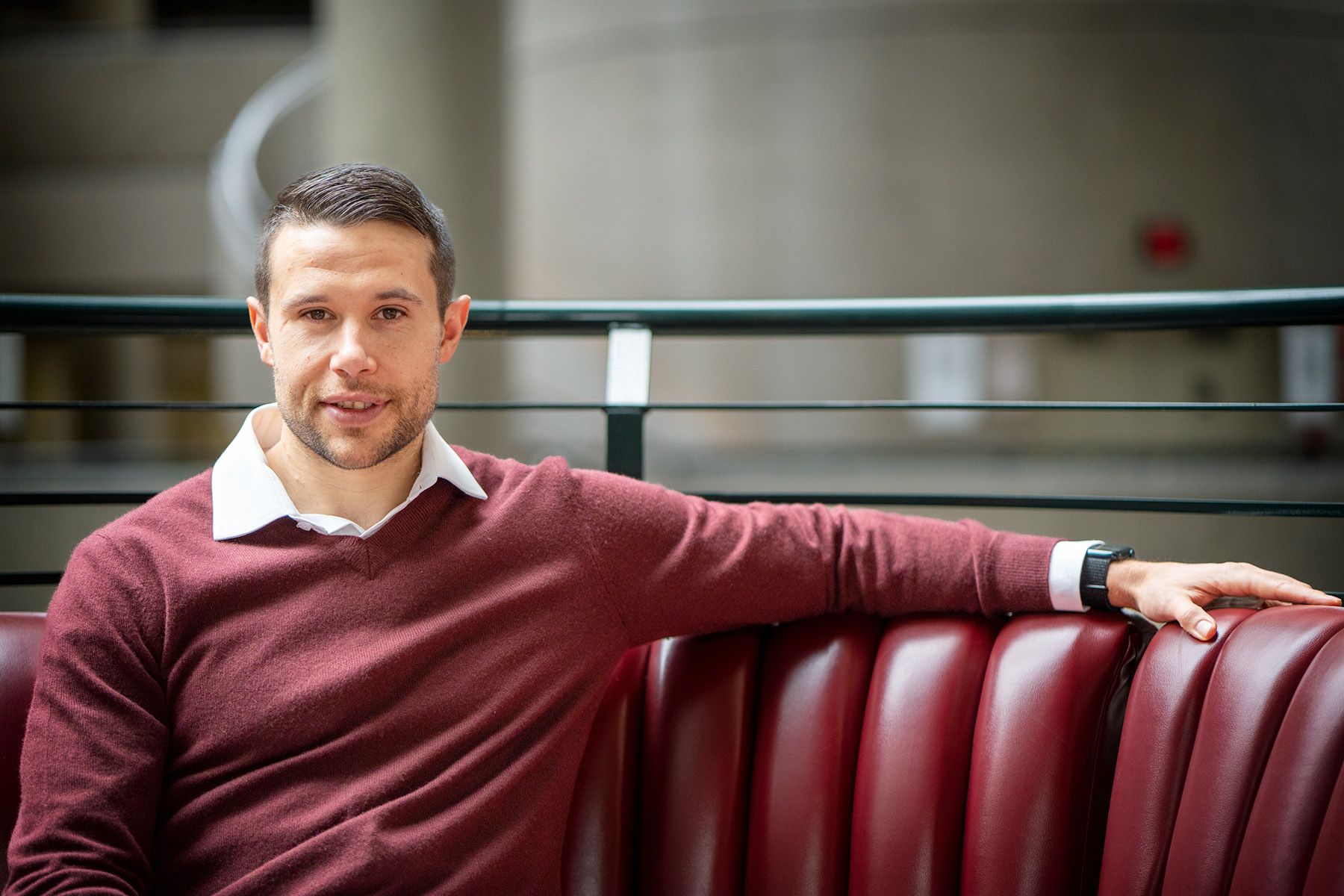
It only made sense. Cunningham and Dr. Khalpey not only share a close friendship but a common goal to get people the care they need, before they need it.
“Nobody is really doing AI in health care properly, so Craig said to me, ‘Let’s do something,’” Khalpey says.
Maybe that’s part of the answer to “why it happened.” For Cunningham, the answer wasn’t in genetic tests, metabolic tests, or all the other tests doctors run to look for clues. He was a 26-year-old professional athlete in stellar shape.
“I had no prior condition, no hints of anything, so we want to raise awareness about going to the doctor and making sure everything is good under the hood. But we also want to do more for prediction. You try to be a small part of a solution.”